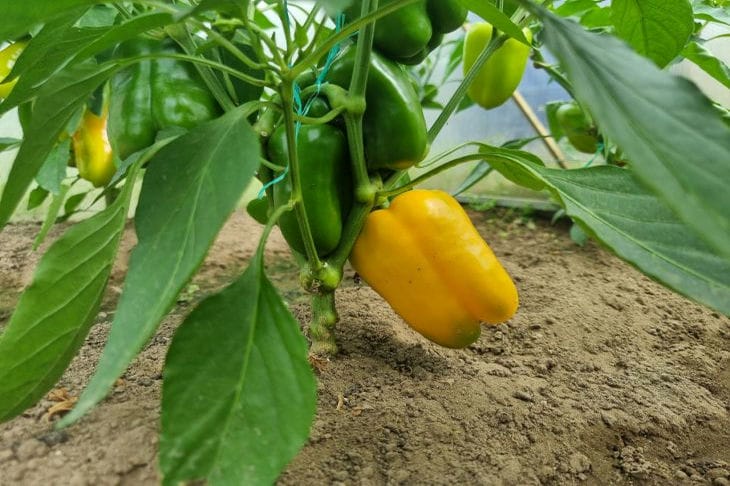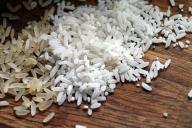Pepper is a rather capricious and demanding plant.
And if you don’t give it the necessary attention, you may soon encounter a whole series of problems.
And the most common problem is yellowed leaves.

Moreover, it can turn yellow both in seedlings and in adult plants. And why this happens and how to avoid it, you will find out now.
Unsuitable soil
Due to incorrectly selected soil, the plant may not only turn yellow, but also lag in growth.
Peppers dislike heavy clay soil and highly acidic soil the most.
The ideal option for it is soil with neutral acidity, rich in humus and other nutrients.
This type of soil can be purchased in garden stores (soil for vegetables).
It already contains all the elements necessary for pepper and does not require additional fertilization. You can also prepare the soil yourself by mixing humus, turf soil, sand, peat, saltpeter, ash and phosphorus-potassium mineral fertilizers. Mix everything and pour a strong solution of potassium permanganate for disinfection.
Incorrect watering
The most common mistake of many gardeners is improper watering. Pepper does not like excessive watering and especially not watering with cold water.
The optimal water temperature for it should not be less than 25 degrees. Water only under the root, avoiding water getting on the leaves.
As for the frequency of watering, first of all we pay attention to the soil - if it is dry, then we water it. The soil should not be flooded under any circumstances.
Important: to avoid rotting of the root system, be sure to make drainage from expanded clay in the pots to remove excess moisture.
Poor lighting
Pepper is a light-loving plant. And given that daylight hours in March are quite short, a lack of light can lead to slower growth and yellowing of the foliage.
But these problems can be avoided by installing a phytolamp that will provide an optimal daylight period of at least 12 hours.
Important: if you grow seedlings on a windowsill, the further they are from the glass, the less light they receive. Therefore, do not forget to periodically change the seedlings' places.
The plants are densely planted
Plants planted densely shade each other, and a lack of light, as previously stated, has a negative impact on growth and foliage. Therefore, it is best to plant peppers in individual cups.
In this case, the plants will not shade each other, and the root system will have enough free space.
Lack of fertilizer
Lack of nutrients can also cause the lower leaves to turn yellow and fall off. The plant also begins to slow down its growth.
This can be recognized by the following signs:
• If the lower leaves begin to turn yellow and fall off, this indicates a lack of nitrogen.
• If the leaves turn yellow and curl, this indicates a lack of potassium.
• If the leaves start to turn yellow from the middle, it means the plant lacks iron.
• The presence of yellow-brown spots on the leaves indicates a lack of magnesium.
Root damage
The pepper root system is quite fragile. Therefore, to minimize the risk of damage to the root system, it is best to plant the seedlings in individual paper or peat cups.
Their main advantage is that seedlings can be planted directly in a cup, which protects the root system from damage.
Incorrect landing
Planting plants in open or closed soil is always a big stress for it. And to make the plant less stressed, plant the pepper in well-warmed soil, and it is best to do this with a lump of earth from the cup in which it grew. And after you have planted the pepper in the holes, sprinkle it up to the root collar and water it with warm water.








